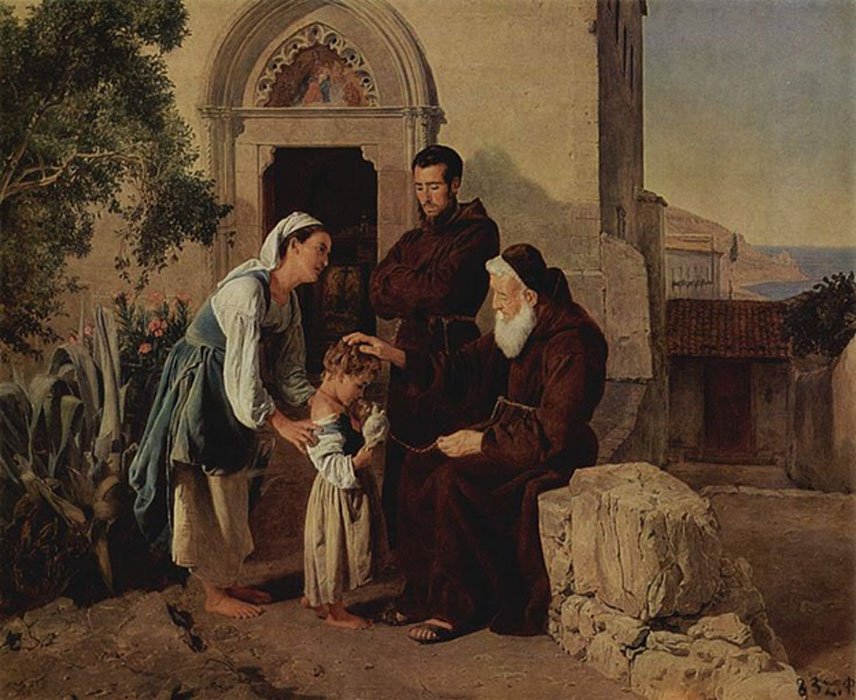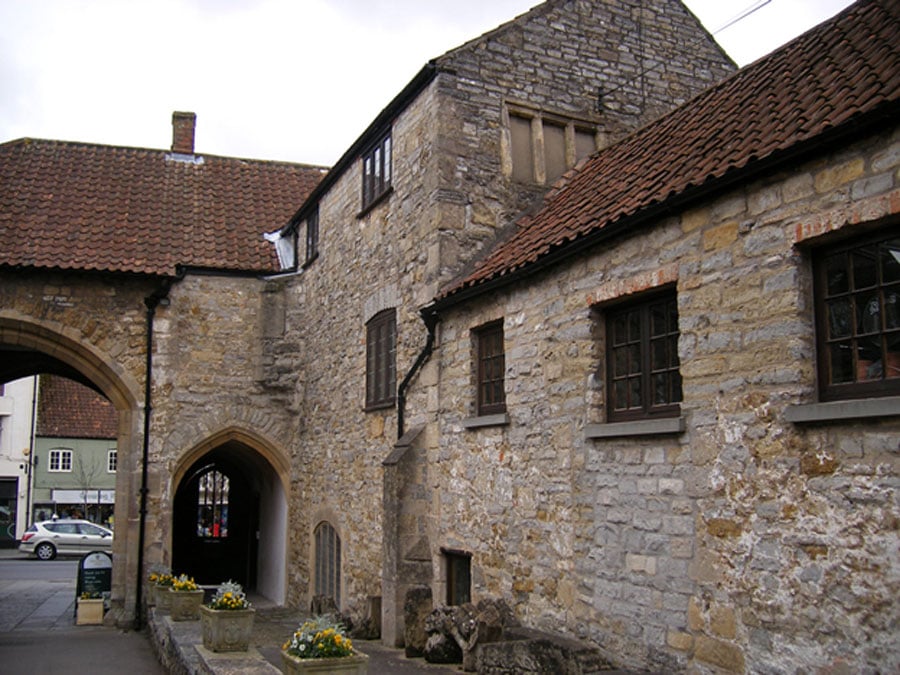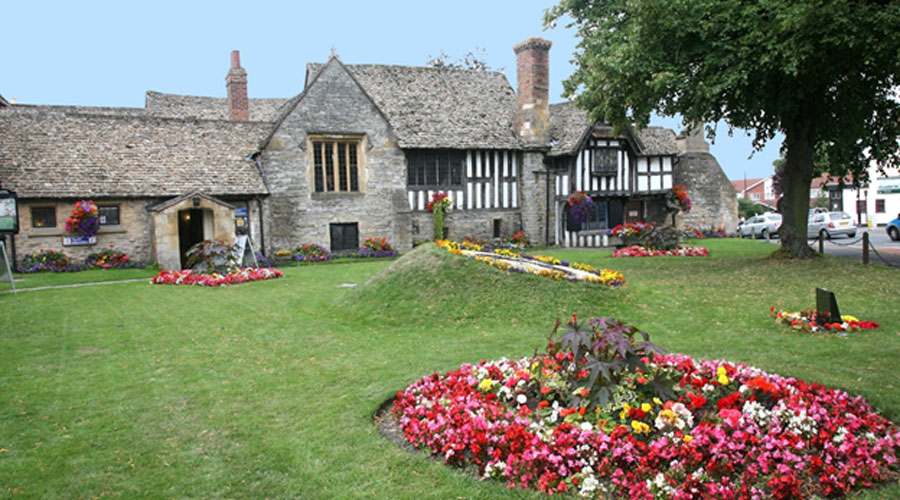
The Plight of the Poor: Monastic Charity and Almonries in Medieval England
Until recently, it was believed that monasteries were lax and inefficient in distributing alms to the poor, but Dr. Neil Rushton’s research indicates that monastic almonries in medieval England were effective in relieving the plight of the poor, up until the Dissolution of the Monasteries. Throughout the medieval period monastic houses, and their dependent hospitals, were the largest providers of poor relief in England (as through Europe), and were effectively the only institutional administers of social welfare for the approximate 15 per cent (higher in years of famine) of the population who were wholly or partly dependent on charity to survive. Most monasteries were obliged to fulfil the legal obligations placed on them by their founders and benefactors to allocate a proportion of their income in charity to the poor, obligations that were usually set out in legislative documents known as ordinances and customaries. These were mostly based on the constitutions laid out in 1077 by Archbishop Lanfranc, which stipulated that monastic houses were duty-bound to provide for the poor, disabled and destitute within their vicinities in adherence to the original blueprint for monastic life set out in the sixth-century precepts of The Rule of St Benedict. But what amounts of charitable provision were English monasteries really supplying through the Middle Ages until their dissolution in the 1530s, and how were they doing it?

Almonry at Glastonbury Abbey (Image: Courtesy of Neil Rushton)
The Value of Monastic Charity
Both the quantity and the quality of pre-Reformation charitable provision in England have received the attention of historians attempting to define the genesis of the secular poor-relief systems encapsulated in 16th- and 17th-century parish programs for managing social poverty. Most have taken a negative view of a system which was to a great extent ecclesiastically controlled. The most severe of this criticism has usually been reserved for monastic charity:
‘There are ... very strong reasons for believing that, for a couple of centuries at least before the Reformation, the English monasteries had done little for the relief of honest poverty; and that their almsgiving tended rather to foster the growth of a class of professional beggars.’
These words were written by Sir William Ashley in 1893, and his interpretation - apparently confirming the indiscriminate charity practised by the monasteries - was followed, and seemingly confirmed by a number of socio-economic and ecclesiastical historians in the 20th century, making it the standard textbook doctrine. By 1959 W. K. Jordan felt able to write that ‘the quality of monastic alms was even less impressive than the quantity’ and to be secure in the knowledge that there was a wealth of historical tradition to support his contention.

Almonry at Evesham Abbey (Image: Courtesy of Neil Rushton)
The most influential work on the amount of monastic poor relief was the 1909 statistical study by Alexander Savine, who analyzed an extensive tax document that was produced on the eve of the Dissolution of the Monasteries in England. This survey, now known as the Valor Ecclesiasticus, was the result of a bill passed through Parliament in 1534 that secured for the Crown 10 per cent of all ecclesiastical income. The reason this survey allows for an assessment of monastic poor relief is because the state commissioners were under instructions to deduct from the gross income of each house – apart from legally indentured rents, stipends and pensions – any charity which the religious houses were obliged to give to the poor by either charitable bequests of benefactors or through custom. The resultant net income was the sum upon which the religious houses were taxed. Savine calculated that the average proportion of monastic national gross income spent on poor relief was approximately two and a half per cent, and, due to his apparently rigorous statistical evaluation of the material relating to charity in the Valor Ecclesiasticus, it is a figure that has become enshrined in later studies.
- Medieval Medical Books Could Hold the Recipe for New Antibiotics
- Medieval Hygiene Might Have Been Better Than You Think
- New Study Reveals that London was the Most Violent Place in Medieval England
But a recent reassessment of the Valor Ecclesiasticus has demonstrated that Savine’s figures were not correct. He did not, for instance, take account of dependent monastic hospitals, he omitted a number of monasteries, and he took at face value from the tax assessment that almost 300 monasteries (from a total of approximately 700) apparently provided zero charity. Once these discrepancies have been corrected for, and the figures from the Valor Ecclesiasticus supplemented by surviving internal monastic accounts from the 1530s, the estimated percentage proportion of charitable provision to monastic income is increased to about nine per cent, almost four times as high as Savine’s assessment. This would have meant a national provision of £14,000 per annum (equivalent to £6.5m today), by far the largest welfare system in pre-Reformation England, and perhaps not matched by secular poor-relief systems until the 17th century. To put this in context, a sum of this size may have provided for as many as a million people (from a total population of 7 million in the early 16th century) each year, who were either living in perpetual poverty or who were experiencing annual hardship in a subsistence economy. But even if it is accepted that monasteries were providing larger amounts of charity than previously thought, were these considerable sums being effectively distributed, or was there an element of indiscriminate almsgiving that may have been fostering indigence rather than relieving those most in need? An answer to this question can be found by looking more closely at the logistics of monastic poor relief.




